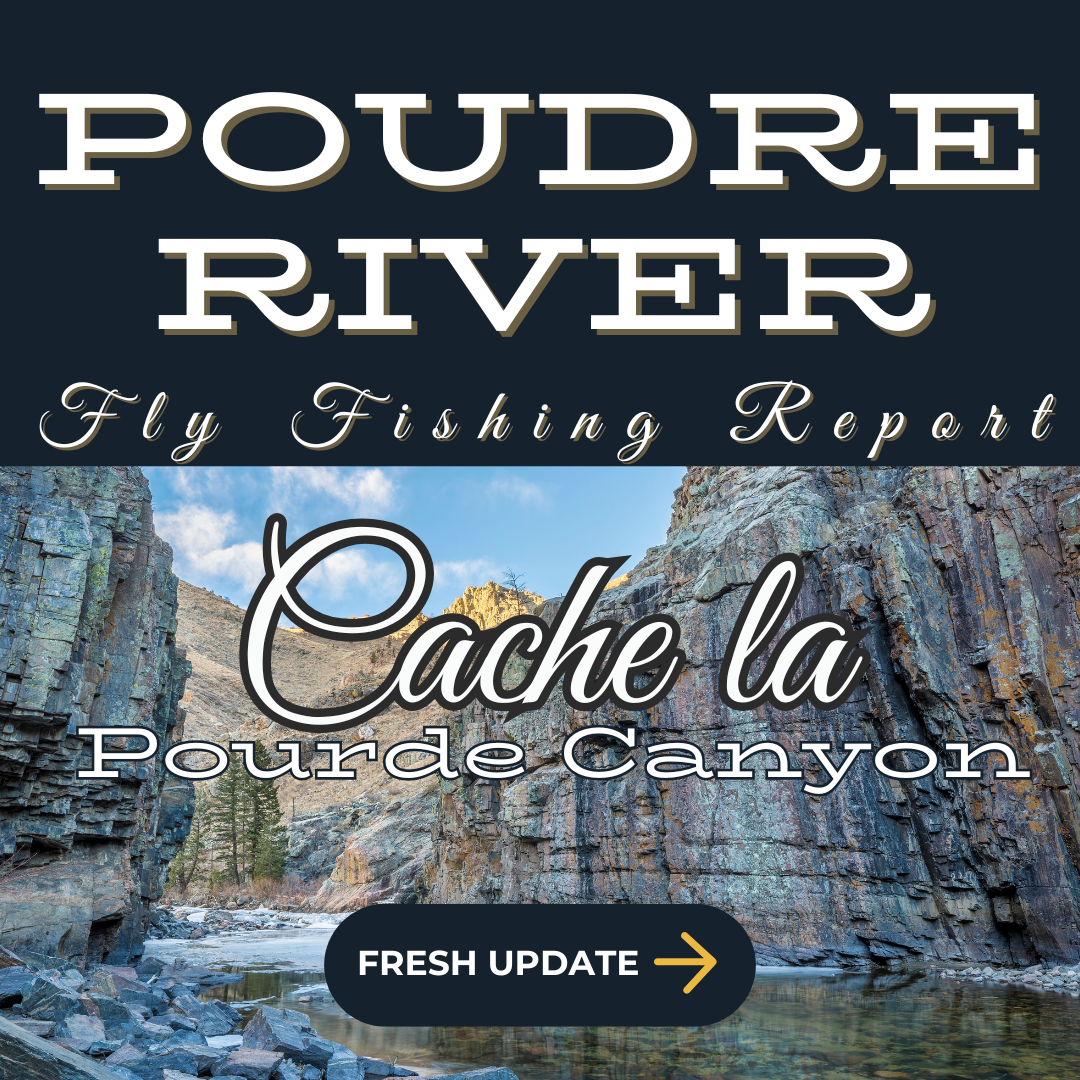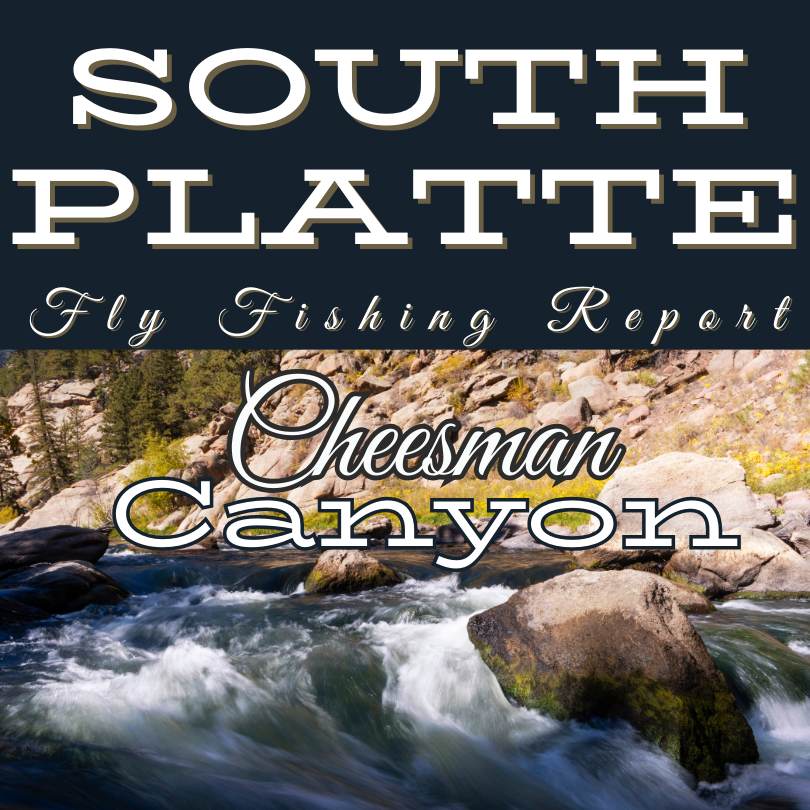Discover the secrets of successfully matching the caddis hatch while fly fishing with this comprehensive guide.
Understanding Caddis: The Basics
 Caddisflies are these really cool bugs that fly fishermen absolutely love. They have tubular bodies, long antennae, and wings shaped like little tents. It's pretty amazing to watch them in action.
Caddisflies are these really cool bugs that fly fishermen absolutely love. They have tubular bodies, long antennae, and wings shaped like little tents. It's pretty amazing to watch them in action.
These little critters go through a mind-blowing metamorphosis, sporting four distinct life stages: egg, larva, pupa, and adult. Each stage is like a different chapter in their life story, packed with unique traits and quirks that are absolute gold nuggets of info for any angler looking to outsmart them.
As larvae, caddisflies are the ultimate DIY experts, living in freshwater streams and rivers and crafting protective cases from silk and debris. Think of them as tiny mobile homes—they blend right in and stay safe from hungry predators.
When it's showtime and they need to level up to adulthood, these crafty larvae latch onto rocks or plants underwater. Inside their snug pupal cases, they undergo a magical transformation into adult caddisflies.
Once they've got their wings, it's game on! These aerial acrobats are most active in the evening and night, making them prime targets for fly fishermen.
Nailing down the ins and outs of caddisfly biology and behavior is your secret weapon for a successful catch.
Identifying Caddis Species
Each caddisfly species has its own quirks and charms, making them a delight to study and an even greater joy to fish for. Cracking the code on the specific caddisflies in your neck of the woods can turn your fly fishing game from "meh" to "heck yeah!"
When you're playing detective with caddis species, size, color, and behavior are your clues. These bugs range from teeny-tiny micro caddis to hefty ones over an inch long.
And let's talk colors—caddisflies are like the fashionistas of the insect world, flaunting shades of brown, tan, green, and black. Some even sport unique markings or patterns on their wings, like nature's own runway models.
Behavior is another telltale sign. Some caddisflies love to flutter daintily on the water's surface, while others are more into skittering or diving.
By keeping a keen eye on these characteristics and really tuning into the caddisflies in your fishing spot, you'll be a hatch-matching maestro in no time, making those fish practically beg to be caught.
Selecting the Right Caddis Fly Patterns

Picking the right caddis fly pattern is like choosing the perfect outfit—it’s all about the details! You want to replicate those natural insects so accurately that the fish can’t resist taking a bite. There’s a smorgasbord of caddis fly patterns out there, each one cleverly designed to mimic a specific stage in the caddis life cycle.
For the larvae, you’re looking for patterns with a sleek, tubular shape and a segmented body that screams “Eat me!” to the fish. Think of materials like dubbed fur or synthetic fibers to give it that lifelike touch.
When it comes to caddis pupae, the fly patterns get a bit fancier with a tapered body and a standout wing case. These can be tied with all sorts of materials—dubbed fur, foam, and even real insect wings if you’re feeling extra authentic.
Now, for the adult caddisflies, you’ll want patterns with wings and a perky profile. Incorporate some hackle feathers and CDC (Cul-de-Canard) fibers to nail that realistic silhouette and movement.
Don’t be shy about experimenting with different patterns and sizes; finding the perfect match for your local caddisflies is key. And remember, getting the color right is just as important as the shape, so pay close attention to the hues of the natural caddisflies in your fishing spot.
Effective Methods for Presenting Caddis Patterns
Once you have selected the right caddis fly pattern, it's important to present it in a way that imitates the natural behavior of the insects. Here are some effective methods for presenting caddis patterns:
1. Dead drift: This technique involves casting the fly upstream and allowing it to drift naturally with the current. It's important to mend the line to avoid drag, as caddisflies typically drift near or below the surface.
2. Swing: The swing technique is effective for imitating diving caddisflies. Cast the fly across the current and let it swing across the water, mimicking the movement of an emerging caddisfly.
3. Skitter: Skittering involves casting the fly upstream and using quick, short strips to create a surface disturbance. This imitates the fluttering behavior of adult caddisflies as they try to take off from the water's surface.
4. Twitch: Twitching the fly involves small, quick movements of the rod tip to create a twitching action on the fly. This can imitate the movement of an adult caddisfly struggling to take off from the water.
Experiment with these presentation techniques and observe the behavior of the caddisflies in your fishing area to determine which method best entices the fish to strike.
Mastering the Caddis Hatch Fishing Techniques
Fishing during a caddis hatch can be so thrilling! I've learned some great techniques to help me make the most of this exciting time for fly fishing. First, I've learned to time my fishing trips during the evening and night when caddis hatches are more active. It's all about maximizing my chances of encountering a hatch. Before I even start fishing, I take some time to observe the water and look for signs of a caddis hatch.
It's so cool to see adult caddisflies on the water's surface and watch the fish rising to feed on them. Matching the size and color of the caddisflies in the hatch with my fly pattern has really increased my chances of fooling the fish. And, of course, patience and observation are key during a caddis hatch. It's fast-paced and exciting, but I've learned to remain patient and observant, watching for subtle rises or swirls and making adjustments to my presentation when needed. It's made my fly fishing experiences much more successful and rewarding!
.png?width=300&height=100&name=Copy%20of%20Rise%20Beyond%20Logo%2012.31.24%20(300%20x%20100%20px).png)
.png)
.png)

